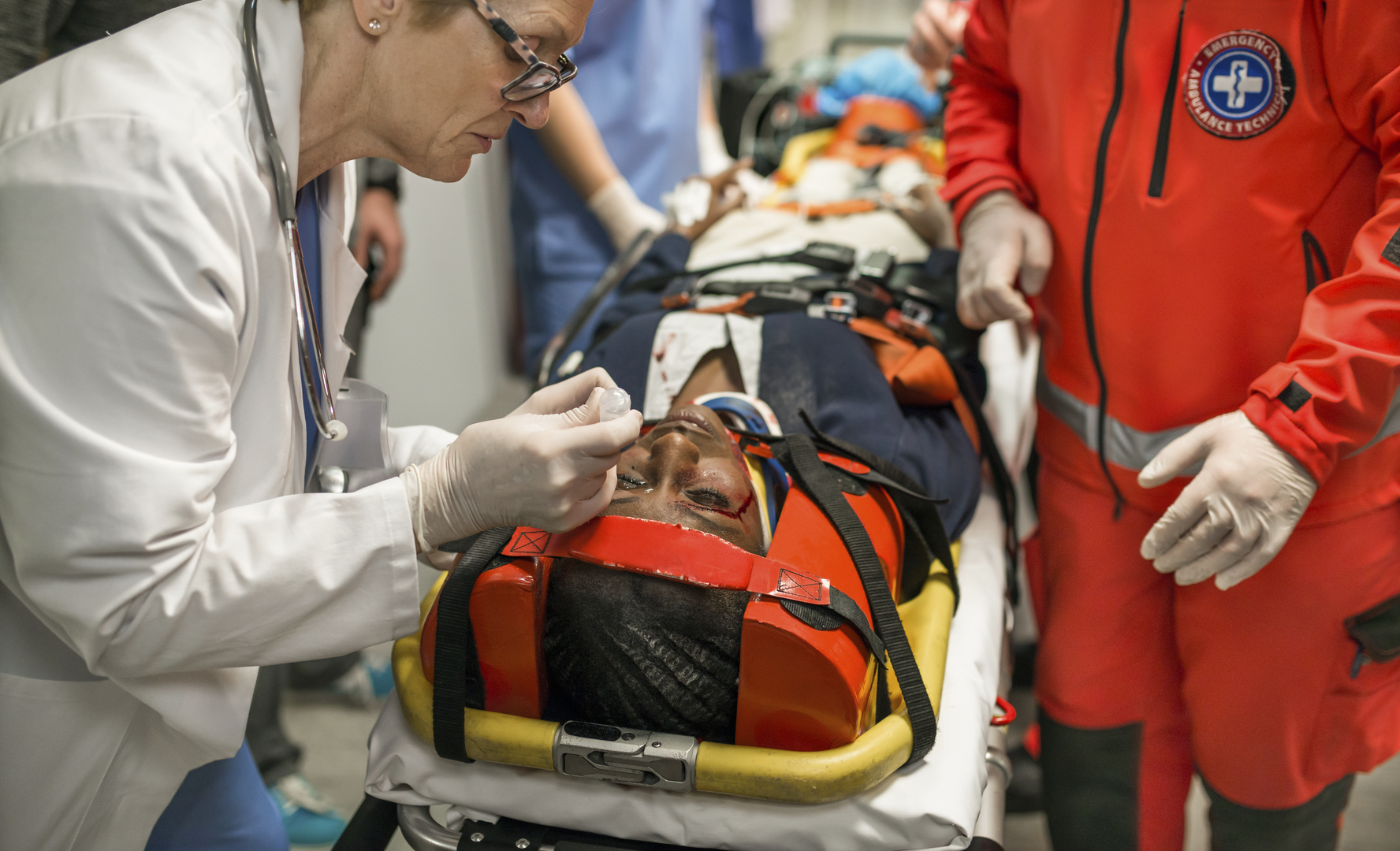
There has been no shortage of studies demonstrating the potential for AI to perform diagnostic tests either more quickly or more accurately than humans, and one place where diagnostic speed is critical is in the nation’s emergency departments.
Writing recently at U.S. News & World Report, Diku Mandavia, M.D., senior vice president, chief medical officer, at FUJIFILM SonoSite Inc., and a clinical associate professor of emergency medicine at the University of Southern California, that in ERs as well as other parts of the healthcare system, “the day-to-day fatigue, tedium and delay of crunching through data (and accurately remembering what was learned) will gradually switch to the AI digital assistant, freeing up physicians to focus more energetically on the most challenging cases.”
For example, he says, in the emergency department at Los Angeles’ LAC+USC Medical Center, where he has worked for more than 25 years in emergency medicine, the ED has 125 beds and is responsible for the initial triage, evaluation and management of up to 500 patients daily.
“Most of the traffic at an urban emergency department like LAC+USC involves chronic diseases such as diabetes and urgent, life-threatening conditions such as heart failure or intracranial hemorrhages, where response time is crucial.
“Treatment choices differ substantially by type of stroke – knowing almost instantly if the damage is ischemic (a blocked artery) or hemorrhagic (a leaking artery) is a critical decision point. There are not always neuro-radiologists immediately on hand and a superfast AI ‘assistant' would save us time in defining the injury and in activating the appropriate stroke interventions.”
Another example he cites is at a university hospital in nearby Orange County, where AI “can analyze a CT scan for a cerebral hemorrhage in about 20 seconds. With AI, we will be more confident of our diagnosis and get to the right care response sooner. Lives will be saved.”
To put the potential impact of AI in ER’s in some perspective, Mandavia notes that, according to the CDC, there are now more than 145 million emergency department visits nationwide in the U.S., and that “ERs are seeing a larger and aging population, sicker patients who arrive in immediate danger with more chronic conditions, physician shortages as we expand care, a need for more expensive technical tools, and an unsustainable trend in costs and expenditures.”
Not surprisingly, then, Mandavia welcomes the arrival of AI that “is poised to have a transformative impact on emergency department teams and the broader world of medical diagnostics. . . . Imagine having the equivalent of the knowledge and experience of 10,000 doctors at your fingertips to help make a diagnosis in seconds. That is the reality that AI will afford us. AI will be augmenting – not replacing – our collective medical knowledge to help change lives around the world.”


